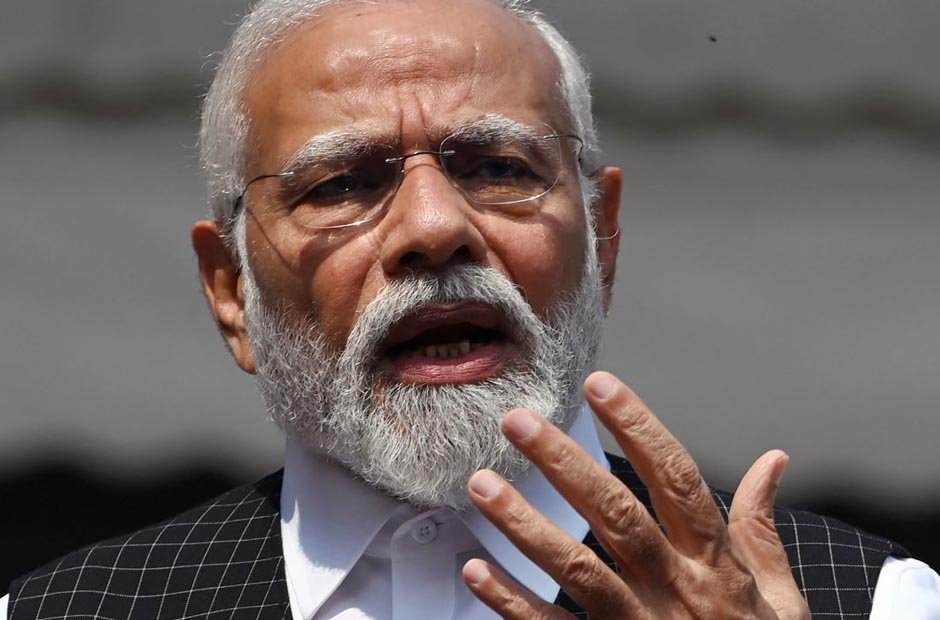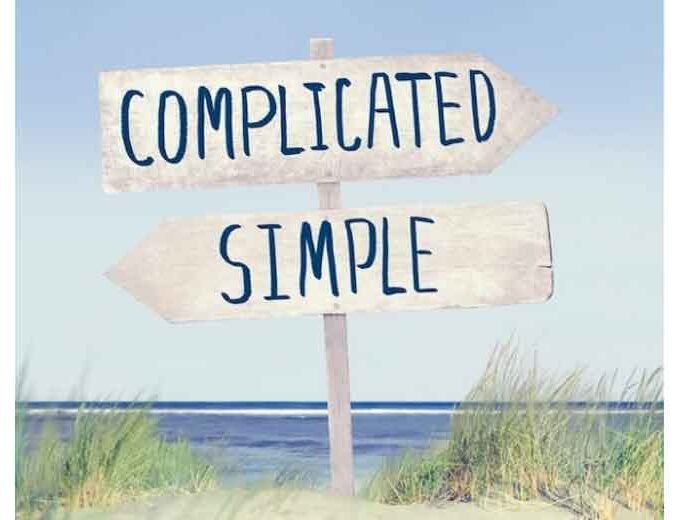When students usually prepare for exams, especially those with a focus on history, politics, or general knowledge, having a well-organised and comprehensive resource can make all the difference. One resource that can serve as a one-stop solution for exam aspirants is a meticulously compiled prime minister of India list from 1947 to 2020. This seemingly simple list can be a treasure trove of information that not only helps you understand the political landscape of a country but also aids in enhancing your overall knowledge and exam preparedness. Explore how a list of Prime Ministers can become a valuable tool for exam aspirants.
The Historical Context
A list of Prime Ministers provides a concise yet informative snapshot of a country’s political history. By studying this list, exam aspirants can trace the evolution of a nation’s leadership from its inception to the present day. This historical context can be invaluable when answering questions related to a country’s political development, its key leaders, and the impact of their policies. Moreover, understanding the chronological order of Prime Ministers can help candidates remember key events and milestones in a country’s history, making it easier to recall and write about in exams.
Political Ideologies and Policies
Each Prime Minister introduces a unique blend of political ideologies and strategies. These perspectives and directives can diverge significantly and typically echo the dominant social and economic circumstances of their era. Scrutinising their periods in office can equip aspirants with a deeper understanding of the transitions and transformations in a nation’s governance across the ages. This encompasses evaluating their fiscal approaches, societal renovations, and international diplomacy. This comprehension is essential when addressing inquiries linked to policy examination, political philosophies, and the enduring influences of legislative actions on the community.
Critical Thinking and Analysis
A well-structured prime minister of India list from 1947 to 2020 can catalyse critical thinking and analysis. Aspirants can delve deeper into the leadership styles, accomplishments, and challenges faced by different Prime Ministers. They can compare and contrast their policies and approaches to governance. This analytical approach not only aids in developing a broader perspective on governance but also hones the skills required to evaluate leadership nuanced. Critical thinking abilities are precious when responding to essay questions or providing well-reasoned exam arguments.
The International Relations
The influence of a Prime Minister often extends beyond the borders of their own country. Understanding the foreign policies and diplomatic relations established by these influential figures is crucial for answering questions related to international affairs. This includes examining their strategies in dealing with neighbouring nations, their contributions to international organisations, and their role in shaping global events. A comprehensive list of Prime Ministers can help aspirants connect the dots between domestic policies and their global implications, offering a comprehensive view of a nation’s role in the international arena. This knowledge can be particularly advantageous in exams focused on international relations, geopolitics, and diplomacy.
Conclusion
In conclusion, a comprehensively expanded prime minister of India list from 1947 to 2020 can be a versatile and invaluable tool for exam aspirants. It provides historical context insights into political ideologies and policies, fosters critical thinking and in-depth analysis, aids in understanding international relations, and streamlines exam strategy and time management. Aspirants who use this resource are better equipped to excel in exams that require a solid grasp of political history, governance, and international affairs. So, the next time you prepare for an exam, consider harnessing the power of a well-compiled list of Prime Ministers as your one-stop solution for success.
















